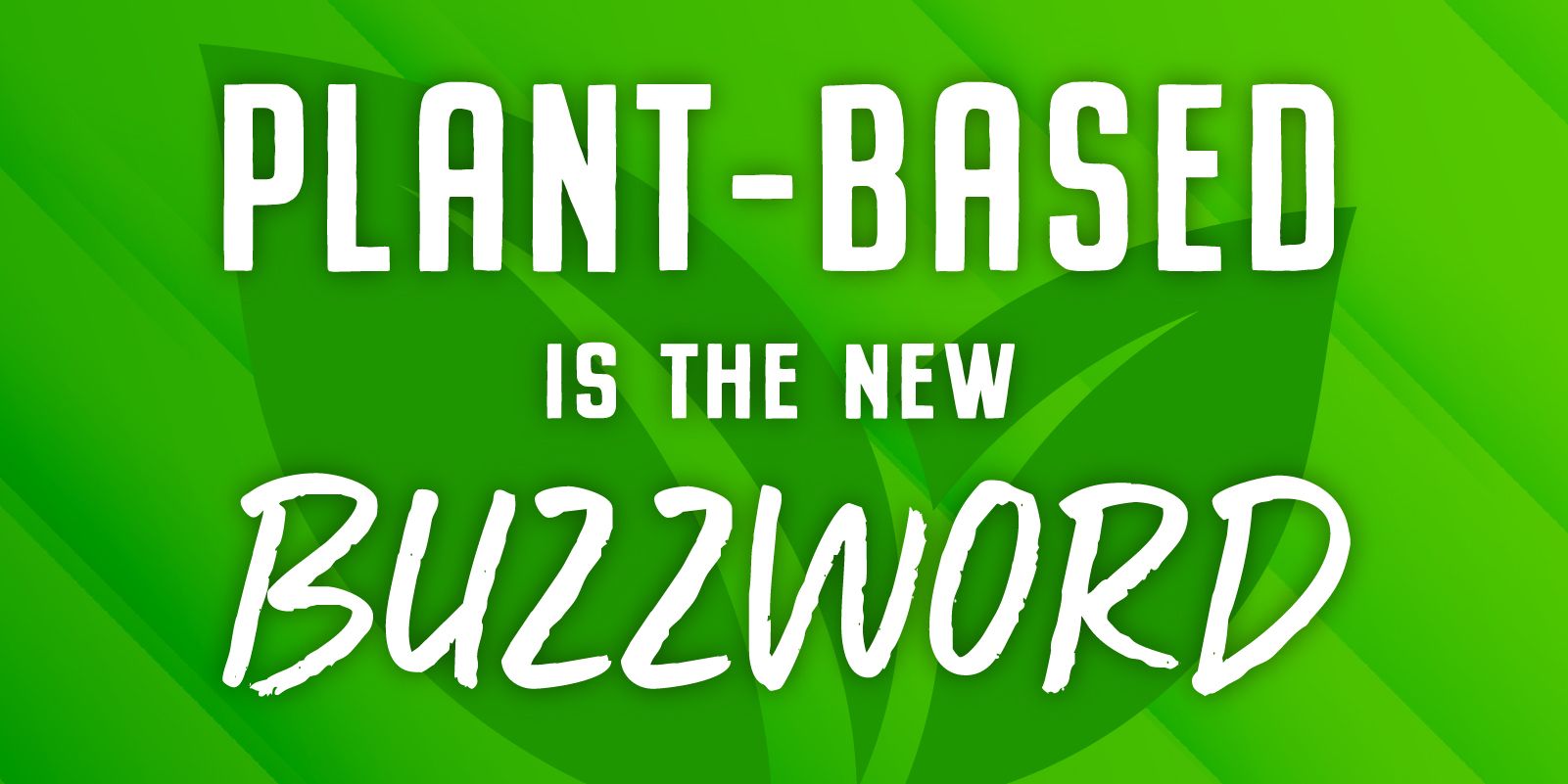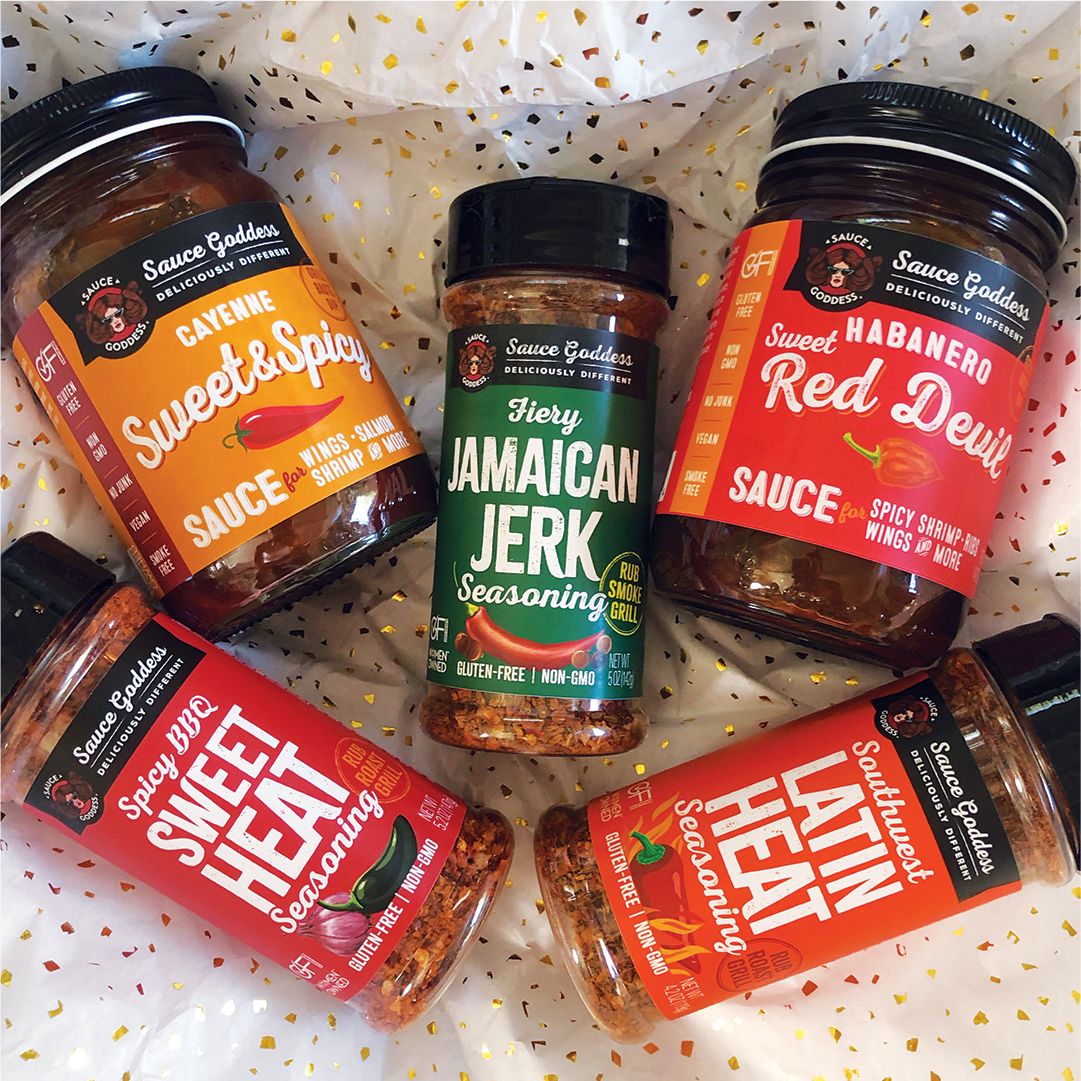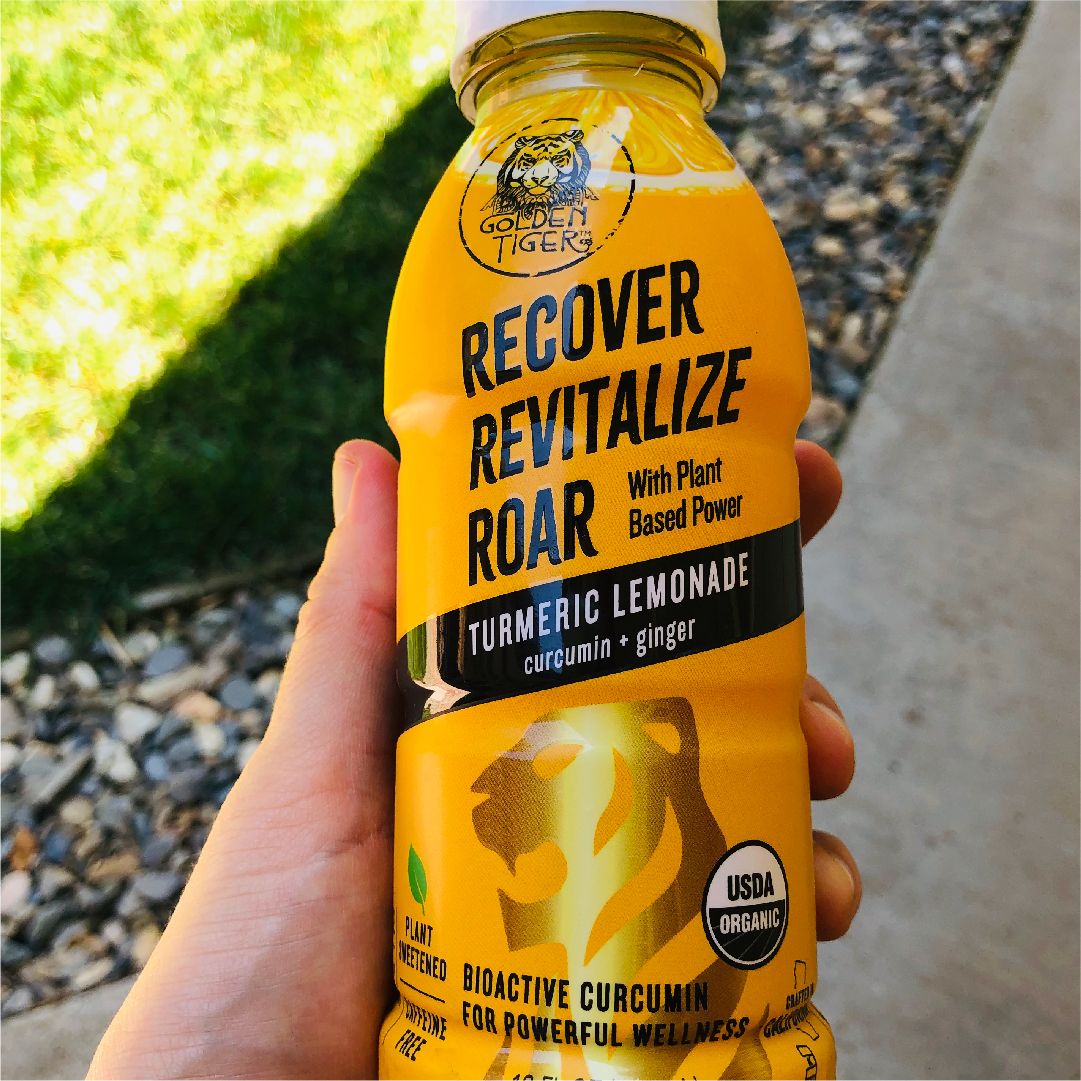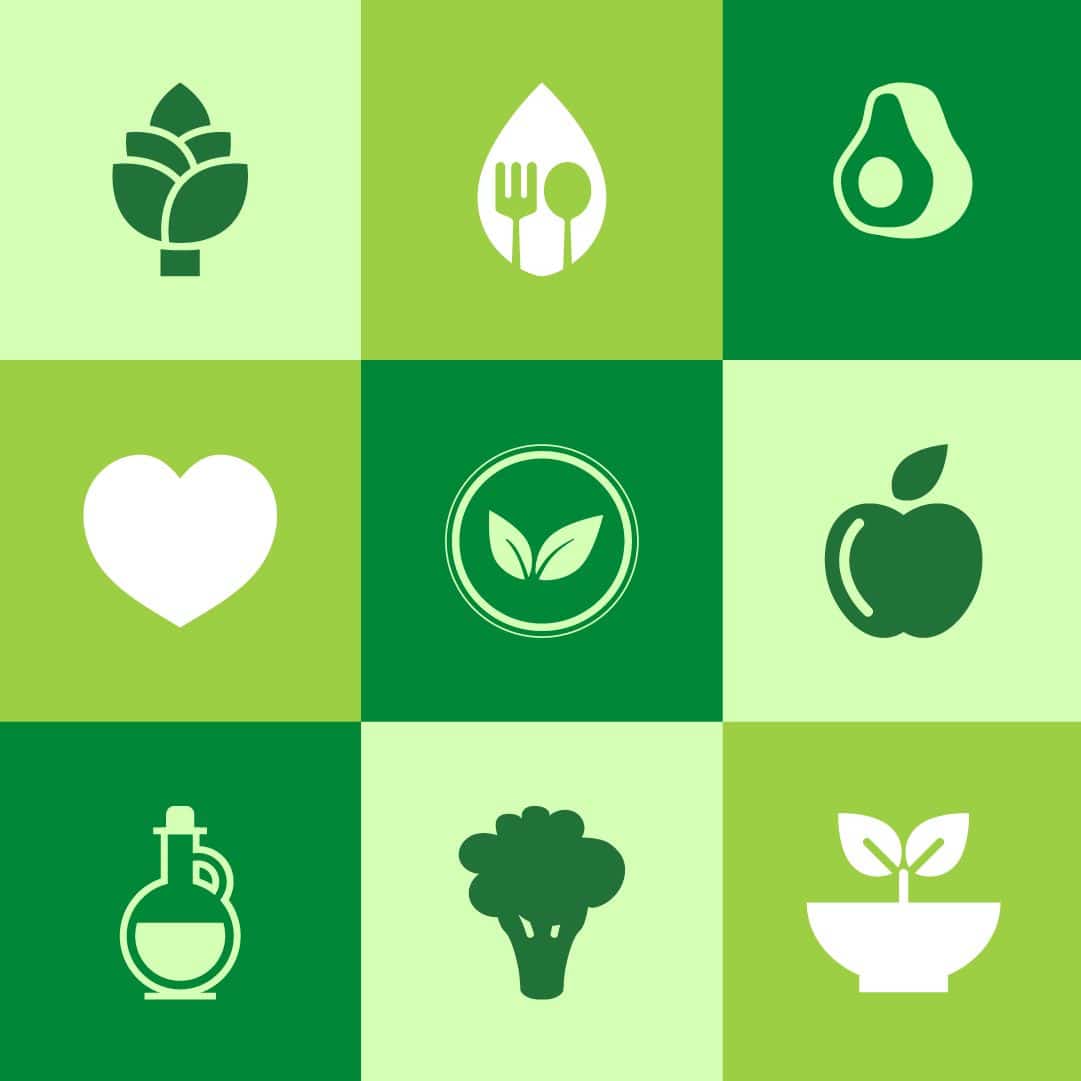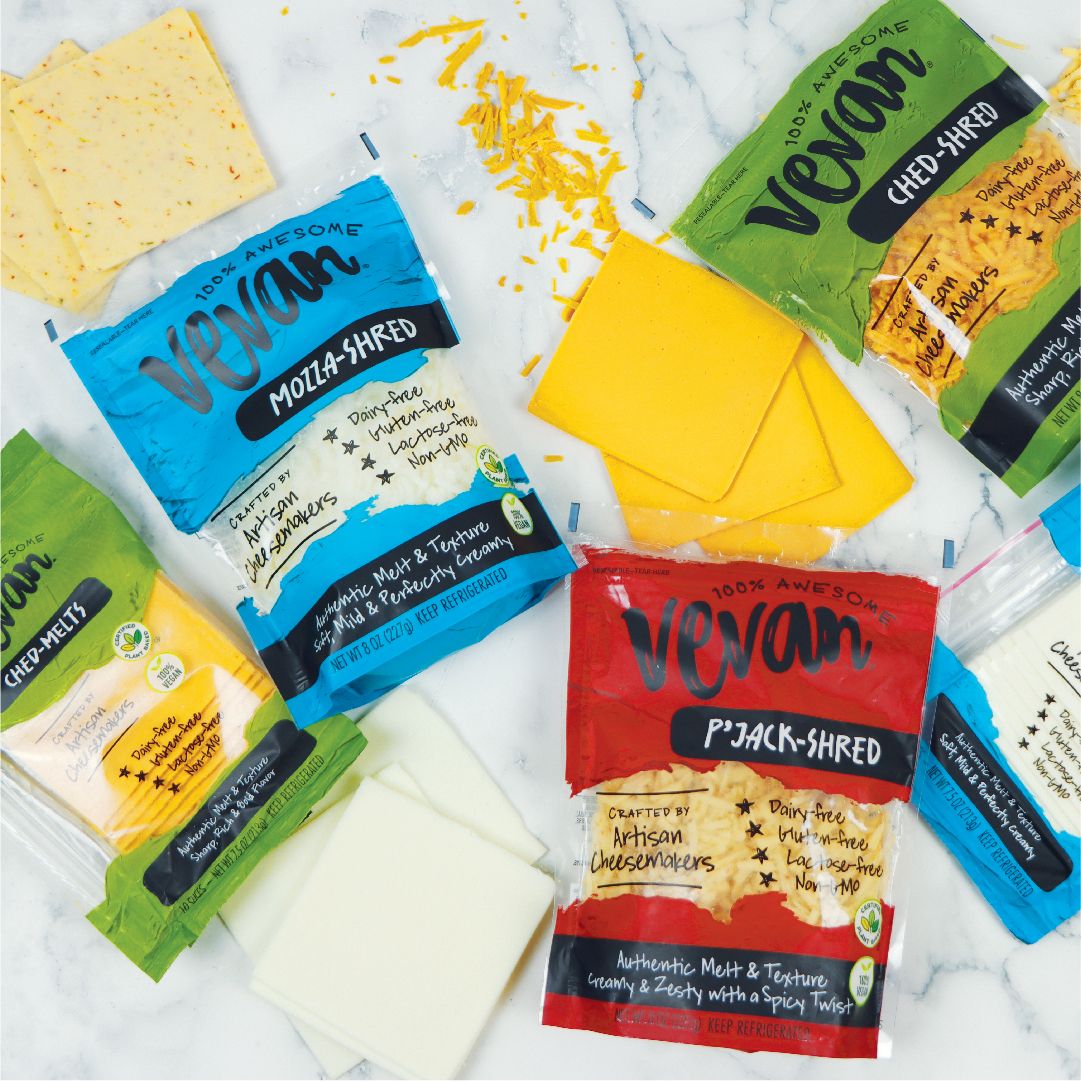How to maximize your plant-based foods products in branding, packaging and marketing.
With more people turning to food for health and wellness, it’s no surprise that plant-based foods are becoming increasingly in demand. Tired of quick fixes that don’t last, a growing portion of consumers are embracing diet and lifestyle changes in a movement toward eating “food as medicine.” What we put into our bodies directly affects our health and wellbeing, and plant-based foods can play a vital role in that. In this article, I’ll walk you through the basics of plant-based foods, how you can integrate this messaging into a food package and brand, why it’s important, and what it all means to your audience. I’ve got you covered! Read on to find out.
What exactly is a plant-based food?
First things first: let’s define what is a plant-based food. Put simply, plant-based foods contain only ingredients that are derived from plants. This includes fruits, vegetables, nuts, legumes, grains, beans, and oils. If your food product otherwise contains additives, preservatives, or any ancillary or trace ingredients, you’ll want to verify that they are plant-based if considering such a claim on your food packaging.
What foods are not plant based? If a food contains meat, poultry, dairy, fish, eggs, or any derivatives of those items—in any amount—then the food is not plant-based.
Does my food product qualify to be plant-based?
If your food product is derived entirely from plant-based sources, then it should qualify for plant-based labeling. You’ll want to have your nutrition analyst and legal advisor verify that the food qualifies for this claim, as with any other nutrition content claim you want to make on packaging.
This Sauce Goddess line we designed is entirely plant-based yet is marketed to carnivores and vegans alike—and anyone in between!
Does a food product have to be certified to say it’s plant-based?
At the time of this article writing, a product does not need to be certified in order to claim it is plant-based. However, as with all information on a food package, in order to be FDA compliant, the statement must be factual and not misleading.
Plant-Based Food Association (PBFA) offers certification for plant-based food products such as plant-based meat, egg, and dairy food substitutes, so you may get those types of products certified. As with any third-party food certification, having a certified logo on your food packaging tends to carry more weight with consumers than a non-certified callout emphasizing the same message.
Is a plant-based food the same as vegan or vegetarian?
Plant-based foods are vegan, however it’s possible that some vegan foods may not be plant-based if they contain additives that do not come from plants. The word “vegan” can have a strong stigma and is more focused on the exclusion of animal products from the diet, versus a plant-based diet which focuses on the benefits of eating plant foods. The stigma could be due to early vegan foods not having as wide a variety of delicious options as there are today in terms of prepackaged vegan foods, meals and snacks. It could also be from hearing strong vegan messaging that urges only vegan with little or no room for other flexibility in the diet.
What is the difference between plant based and vegetarian? Vegetarians can eat plant-based foods in addition to animal-based products such as dairy, eggs and honey.
Plant-based can be incorporated into any eating style. Plant-based eating is not exclusive to one diet Instead, the plant-based movement encourages inclusivity into any diet. Carnivores, vegetarians, flexitarians, pescatarians and vegans can all partake in and benefit from plant-based eating.
For this Golden Tiger turmeric lemonade line, we reinforced the plant-based message in several places—plant icon callout, title area and in the descriptive copy on the back.
Define your audience and their purchasing motivators.
Speaking of diets, it’s important to get clear on your audience when you’re incorporating plant-based messaging on your plant-based food packaging. Are you speaking to vegans, vegetarians, or flexitarians? Or inspiring carnivores to try and incorporate more plant-based foods into their eating? Different messaging will resonate with different audiences. Let’s define these relevant audiences and key points that resonate with them.
- Carnivores eat animal meat which may also include poultry and fish. They may have been hearing about the benefits of incorporating more plant-based foods into their diet but may be skeptical about quality and taste. Foods that are plant-based substitutes for meats, eggs and dairy may be appealing to this audience—especially if taste and experience are not sacrificed. We have seen this kind of crossover becoming more commonplace as meat alternatives are increasingly seen on the menus of fast-food establishments.
- Vegetarians eat plant-based foods as well as animal products such as dairy, eggs, and honey. They may already eat a variety of plant-based foods, but may also be interested in moving even more toward plant-based or vegan eating. Plant-based meat and dairy substitutes may be appealing to this audience. An environmental aspect may also be a strong desire here, as plant-based foods can have less impact on the environment, and also don’t harm animals.
- Pescatarians are vegetarians that also eat fish but not any other animal meat. Their interests in plant-based eating may be similar to Vegetarians.
- Vegans exclude all animal foods. (It is worth noting that honey is technically not vegan since it comes from the bee.) It may be the case that some vegans eat closer to a whole foods diet and are less interested in dairy or animal substitutes or prepackaged vegan foods. However, there are still many that are interested in plant-based vegan food.
- Flexitarians may eat meals that vary between all of the above.
- Allergies and intolerances: There is one more audience group here that is worth noting, which can have a strong attraction to plant-based foods, and that is people with food intolerances or allergies to an animal ingredient. Plant-based foods may be a safe and desirable option for this reason, especially plant-based foods that replace animal-based foods such as meats, eggs, and dairy.
Knowing the perspective of your audience and getting clear on who you’re talking to can help you prioritize the right messaging on your packaging that will resonate most with your audience.
Why are plant-based foods important to consumers?
There have been many studies and articles in the news that tout the benefits of eating more plant-based foods:
- Better-for-you. Plant-based foods generally have cleaner ingredient lists but not always. For many consumers, it’s still important to read the ingredient lists to understand exactly what they’re eating and ensure it is a healthy food.
- Weight management. For some people, plant-based foods may play an integral role in weight loss or maintaining a healthy weight, in conjunction with healthy lifestyle choices and exercise.
- Animal welfare. Concern for animal welfare may be a main reason that many choose to avoid meats and animal-based foods.
- Environmental impact. The animal food industry contributes to a negative impact on the environment, and for this reason many choose not to eat meat or animal products.
- Allergies and intolerances. As negative reactions to certain food ingredients become more understood, and as we become increasingly aware of these allergies and intolerances, this can be a main reason that people avoid certain animal-based foods.
How is it best to claim plant-based on a food package?
- Get your product certified: If your product is certified plant-based, it’s generally a best practice to feature that certification logo prominently on the main panel of the package. You’ll want to ensure the artwork follows the guidelines that accompany the certification logo, so be sure to check those closely.
- Add an icon callout: If your product is not certified plant-based, consider developing an icon or callout stating that it is plant-based. In general I advise against doing anything in design that is expected, however this is a case where drawing upon familiar imagery—such as the color green and a leaf image—helps to visually convey the message without having to read or interpret the text.
- Emphasize, emphasize, emphasize: You can generally never over-emphasize an important message on packaging (with the caveat of having to follow food labeling compliance guidelines) so I definitely recommend to reinforce the plant-based messaging in the descriptive copy, and also to consider it as part of the title if that works and makes sense.
- A note on naming: It’s important to note that for plant-based meat, egg, and dairy alternatives, be careful how you name and describe your product. Per FDA food labeling compliance, many if not all meat and dairy terms for food products have specific definitions. If your product does not meet that definition then it may be the case that you can only use those terms along with “style,” “alternative,” or “substitute” as part of the wording. There have also been many industry legal battles regarding the naming of these plant-based meat and dairy products. It is possible to avoid using these terms while still maintaining compliance and consumer understanding.
We designed this Vevan plant-based cheese brand to stand out in every way!
Why does plant-based messaging matter?
Plant-based callouts and messaging on your food packaging can not only help in connecting with specific consumer audiences, but it also can convey that your brand is focused on health and the environment. Plant-based products may be generally perceived as being healthier or good-for-you due to the relevant information consumers hear about or read in the news and latest articles.
What should the design look like for a plant-based food product?
There is no one way a plant-based product should look. Traditionally the approach may have been to design the packaging to look natural, green or leafy. While this can help in certain cases (such as a plant-based callout mentioned above), it’s generally not a good idea to design packaging to what is “expected.” That is a sure-fire way for a product to blend in with the category!
What makes a good packaging design? What’s most important is to have a strong design that stands out and is appropriate for the brand and product. This applies to any food branding, not just plant-based food branding. It can take bravery to make a bold move with a stand-out design, but the payoff can be huge if it’s done in a strategic and calculated manner.
Going further
Ultimately more and more consumers are eschewing dieting trends and instead listening to their bodies. We are finding power in being in tune with our bodies. There is power in listening to what our bodies need, not just in terms of food but in terms of overall health and wellness. That can play a huge role in boosting the immune system as well. This notion of listening to our bodies can work well for plant-based foods in appealing to anyone, and not just specific groups, or having to commit to a certain eating style that feels too restrictive.
For me, listening to my body in terms of getting enough rest and sleep is an important intention for this year! Do you have any health and wellness intentions for this year? I’d love to hear about them in the comments below!
